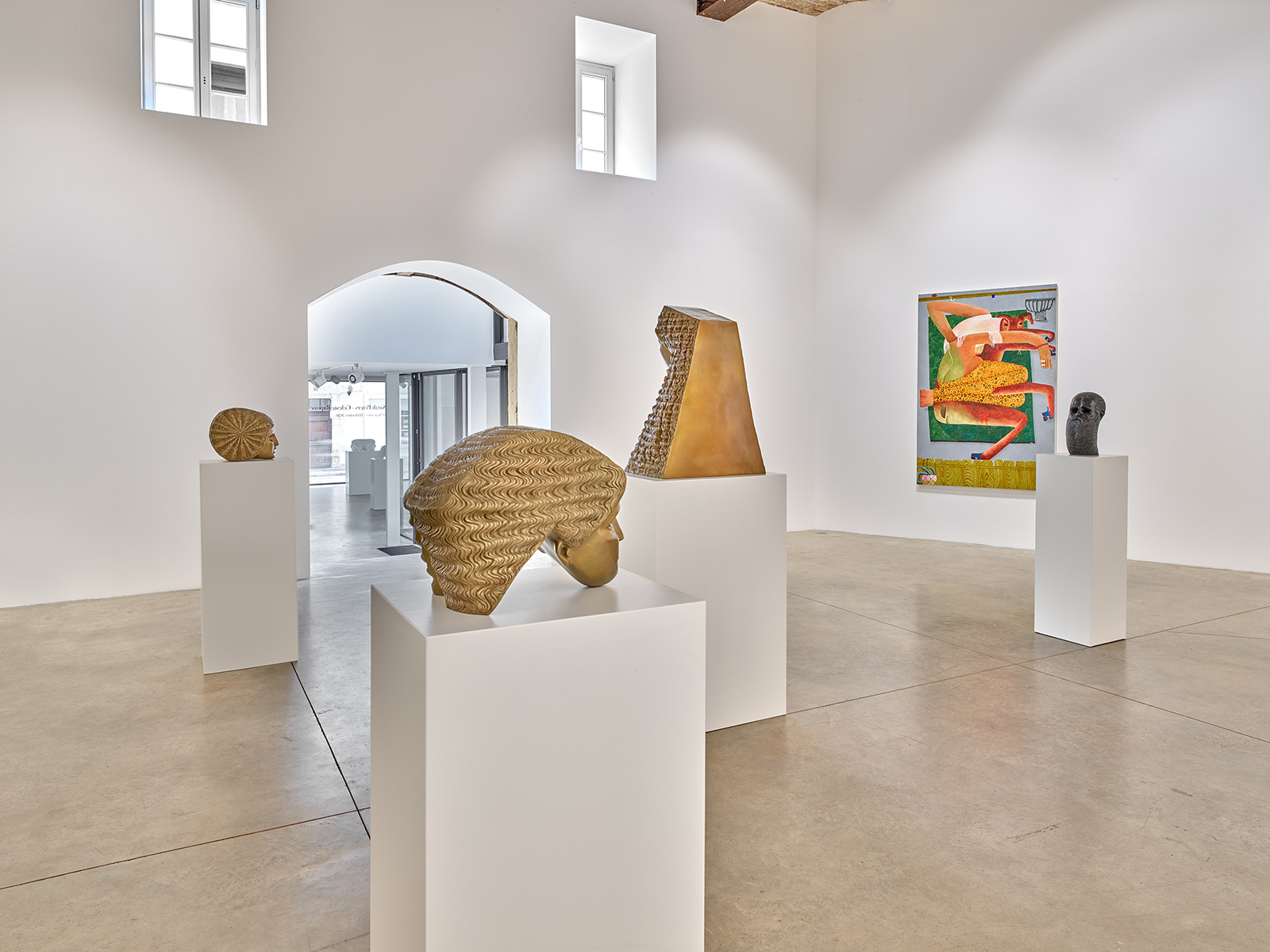
Zidoun-Bossuyt Gallery is pleased to announce a duo show dedicated to a dialogue between the sculptor Sarah Peters and the painter Celeste Rapone.
PRESS RELEASE
SARAH PETERS
This is the gallery’s first show of Peters’ work, which expands upon her exploration of formal sculptural languages and themes ranging from power and authority to psychology, gender, and humanity.
The exhibition will feature close to life-size bronze and plaster heads of a bearded man and five women. Among them, the formidable female “Figurehead” anchors the exhibition and calls to mind nautical talismans, along with pyramidal Egyptian deities. The dense hairstyle of “Charioteer” imitates the aspect and shape of two wheels of a chariot. The wavy hair give the impression of a movement, as if it was wheeling. From the back, the human-object figure is unrecognizable. The sacrificial tripod is religious furniture used for offerings or other ritual procedures. “Tripod (Animal)” remains silent while viewers gaze into the wide eyes of the enigmatic face, waiting for the oracle to speak. The apparent classicism of “Portrait of a Bearded Man” and of “Floating Head” are perturbed by the exaggerated beard, hair and cavity of the eyes. The distorted features create confusion and plays on absurdist humor, forging a link between art historical sculpture and Peter’s own contemporary sensibilities. “Glossolalists “ (2019) consists of a two-headed face, with open mouths, illustrating the faculty and gift of speaking in tongues. The two heads speak simultaneously, as one same voice.
Peters’ sculptural language draws from diverse iconographic influences which include Assyrian antiquities, Greco-Roman tragedy masks, Egyptian funerary figures and Cypriotic portraits, as well as the work of Elie Nadelman, early American folk art, Constantin Brâncuși, and early modernist figuration. The smooth, eyeless sockets of Peters’ heads prohibit an explicit or reciprocal gaze, asserting autonomous internality; the figures’ ambiguous expressions simultaneously suggest a state of contemplation, ecstasy, or catatonic paralysis. Gaping mouths mirror those voids, while evoking a sonorous sensibility perpetuated by rhythmic, undulating hair.
Sarah Peters observes how, over time, fervent emulation of styles – whether cultural, religious, or art historical – develops to what she refers to as “the pleasure of contemporary misinterpretation”: scale and proportions are tweaked, references are extended and sublimated, and meanings are twisted and obscured. Sarah Peters’ heads offer a personal and intuitive reconstitution of human visages whose appearance remains mostly constant, but whose interpretations are fluid and ever shifting.
Sarah Peters (b. 1973) lives and works in Queens, NY. Peters was educated at Virginia Commonwealth University (MFA), The University of Pennsylvania (BFA), and The Pennsylvania Academy of Fine Arts. She is a recipient of awards and residencies from John Michael Kohler, WI; New York Foundation for the Arts; The Fine Arts Work Center, Provincetown, MA; and The Marie Walsh Sharpe Art Foundation Space Program. Solo and two-person exhibitions include Van Doren Waxter , New York, NY (2018), Halsey McKay Gallery, New York, NY (2017); Eleven Rivington, New York (2015); 4 AM, New York (2015); Bodyrite (with Mira Dancy) at Asya Geisberg, NY (2014); and John Davis Gallery, Hudson, NY (2013). Group exhibitions include Objects Like Us, The Aldrich Contemporary Art Museum, Ridgefield, CT, curated by Amy Smith-Stewart and David Adamo (2018); Galerie Eva Presenhuber, Zurich, Switzerland (2018); and Rodin and the Contemporary Figurative Tradition, Frederik Meijer Gardens & Sculpture Park, Grand Rapids, MI (2017), among others. Her work has been reviewed and featured in publications such as The New York Times, Art in America, Artforum, and The Brooklyn Rail.
CELESTE RAPONE
Known for her female-centered compact scenes illustrating elongated figures rendered in inflated and rounded silhouettes, Celeste Rapone’s paintings celebrate a contemporary and humorous representation of the female nature. Putting a significant emphasis on the casual moments of the modern human being, the paintings focus on interior spaces and the daily events that take place during intimate time. The artist successfully distabilises distinctions between reality and fantasy as both equally coexist on the canvas.
Celeste Rapone hides her figures in complex, often labyrinthine compositions. The figures’ gestures look detailed and congenial, while their pose is identifiable as one in a clumsy and tangled situation. The situational paintings are portraits of women (and a few men), or pairs of figures, in some thematically specific context drawn from a job or activity. The physiques of the figures are shaped by their task to the point that they are turned in on themselves. Rapone’s paintings are suffused with plasticity; all figures examine their bodily flexibility and exercise their ability to excessively stretch their arms and legs to the extent that their appearance looks supernatural. The artist’s body of work, despite the exaggerating formations and their interestingly pliable positions, employ discernible squeezed arrangements that almost fit within the canvas’ borders. Observing her work, it looks like the painter concentrates on close ups of a scene rather than analysing bigger frameworks. Even if the images are shaped in limited surface, there is still enough space to introduce some more remarkable details that enhance the aesthetic outcome and offer additional information about the painting’s protagonist.
Referencing Chicago Imagism, Dutch Golden Age painting, Cubism, 1980’s Figuration, and an Italian Catholic North Jersey upbringing while depicting 21st-century narratives, her paintings depict the paradoxical effort it takes for women to find space to do nothing. Playful and at times darkly sociological, these paintings are spectacular concatenations of light and limb, caricatures of ambition and defeat, and most of all intricate constructions of pigment and form. Her autobiographical characters are a representation of her discomfort felt at new ideas and approaches, the doubt in her own representation and object-making, and the abstract possibilities opened up and emphasized by these failures.
Celeste Rapone (b. 1985) was raised in Wayne, New Jersey. She lives and works in Chicago, IL. She received her BFA from the Rhode Island School of Design in 2007 and her MFA from The School of the Art Institute of Chicago in 2013. Her work has been shown at Roberts Projects in LA, Steven Zevitas Gallery in Boston, Julius Caesar in Chicago, The Hyde Park Art Center, and the Georgia Museum of Art, and Monya Rowe Gallery in NYC. Her work has been featured in New American Paintings, New City, The Chicago Tribune, and The Georgia Review, and she is a 2018 recipient of a Pollock-Krasner Foundation Grant. Rapone is a Lecturer in the Painting and Drawing Department at the School of the Art Institute of Chicago.

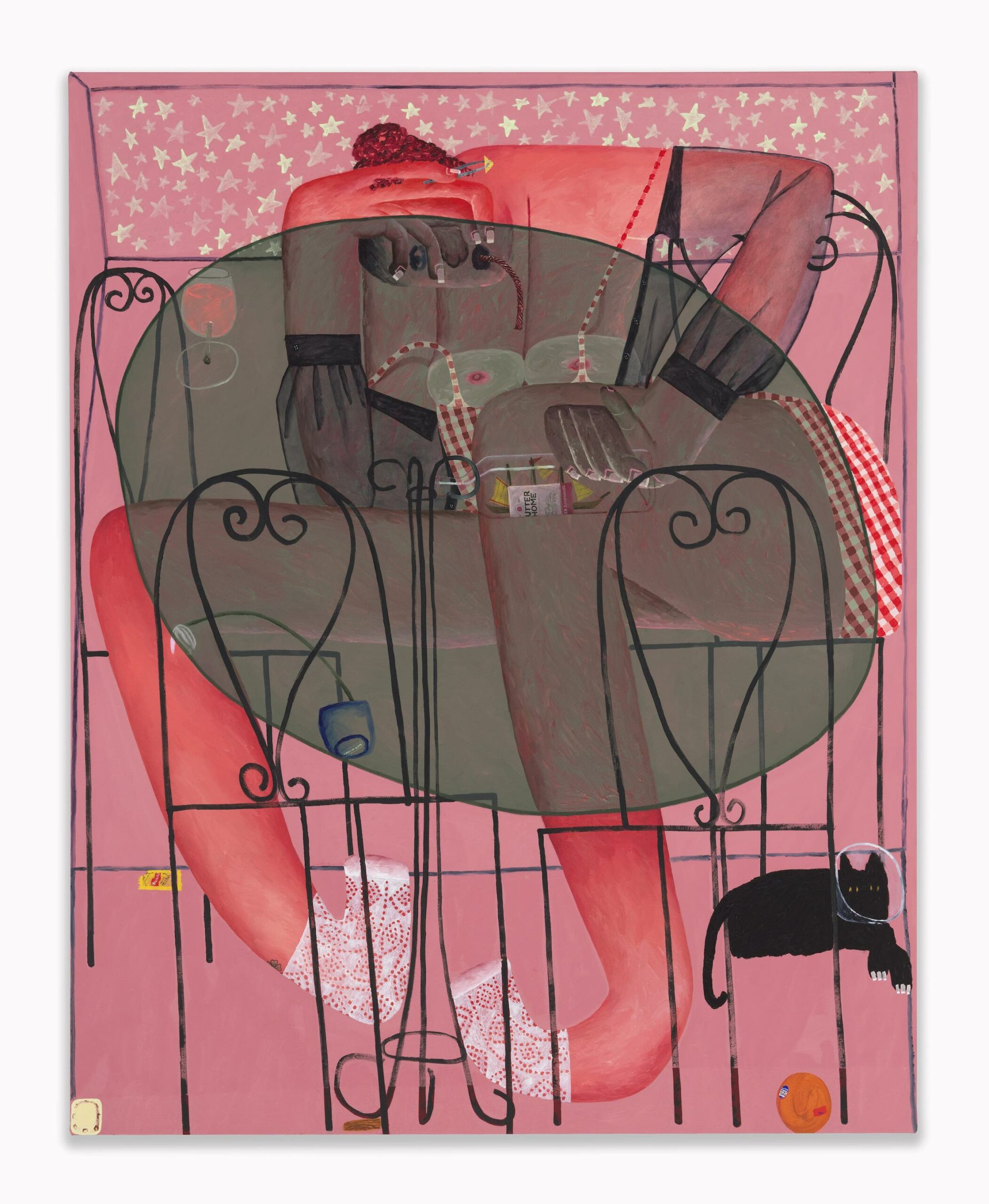
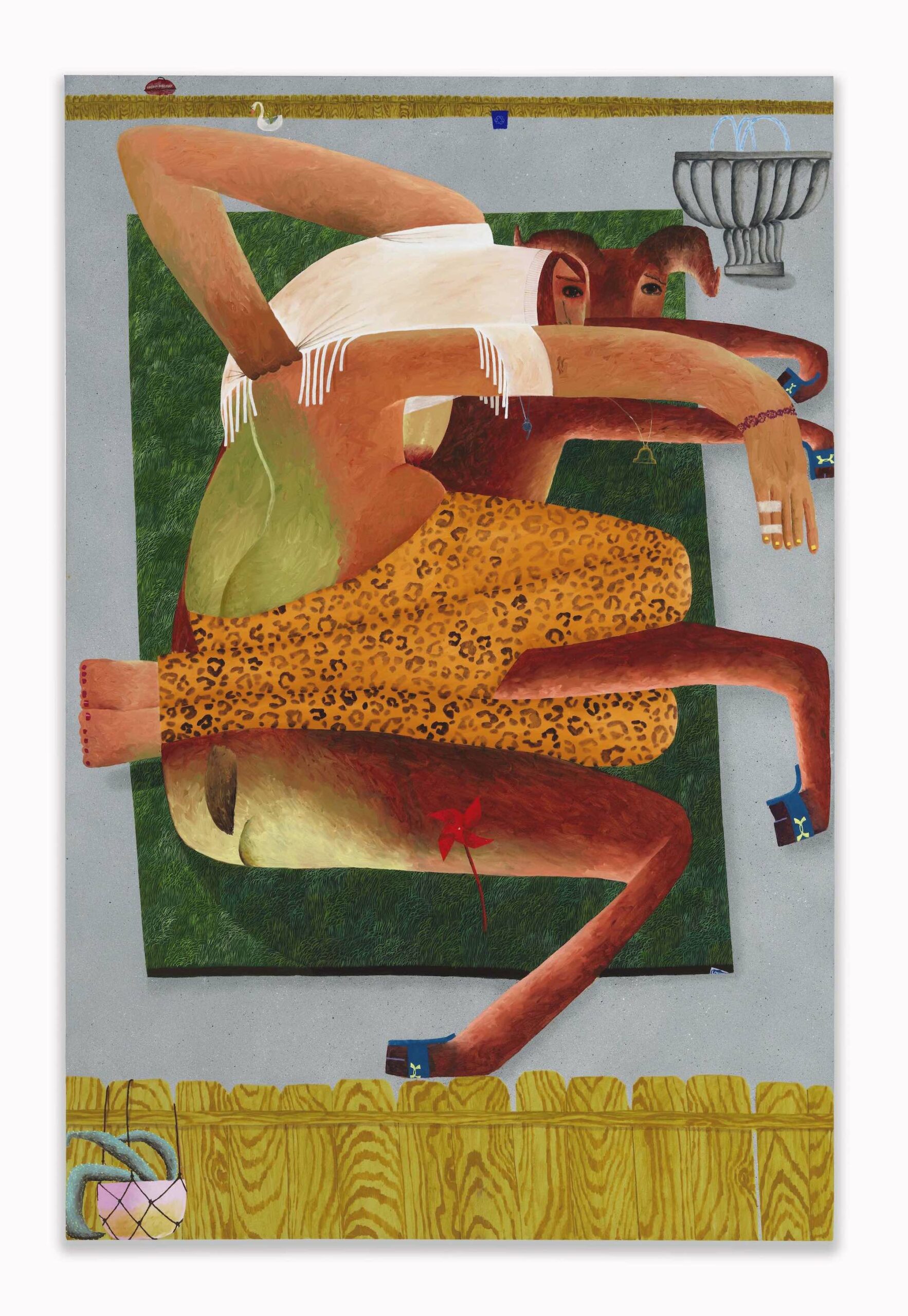
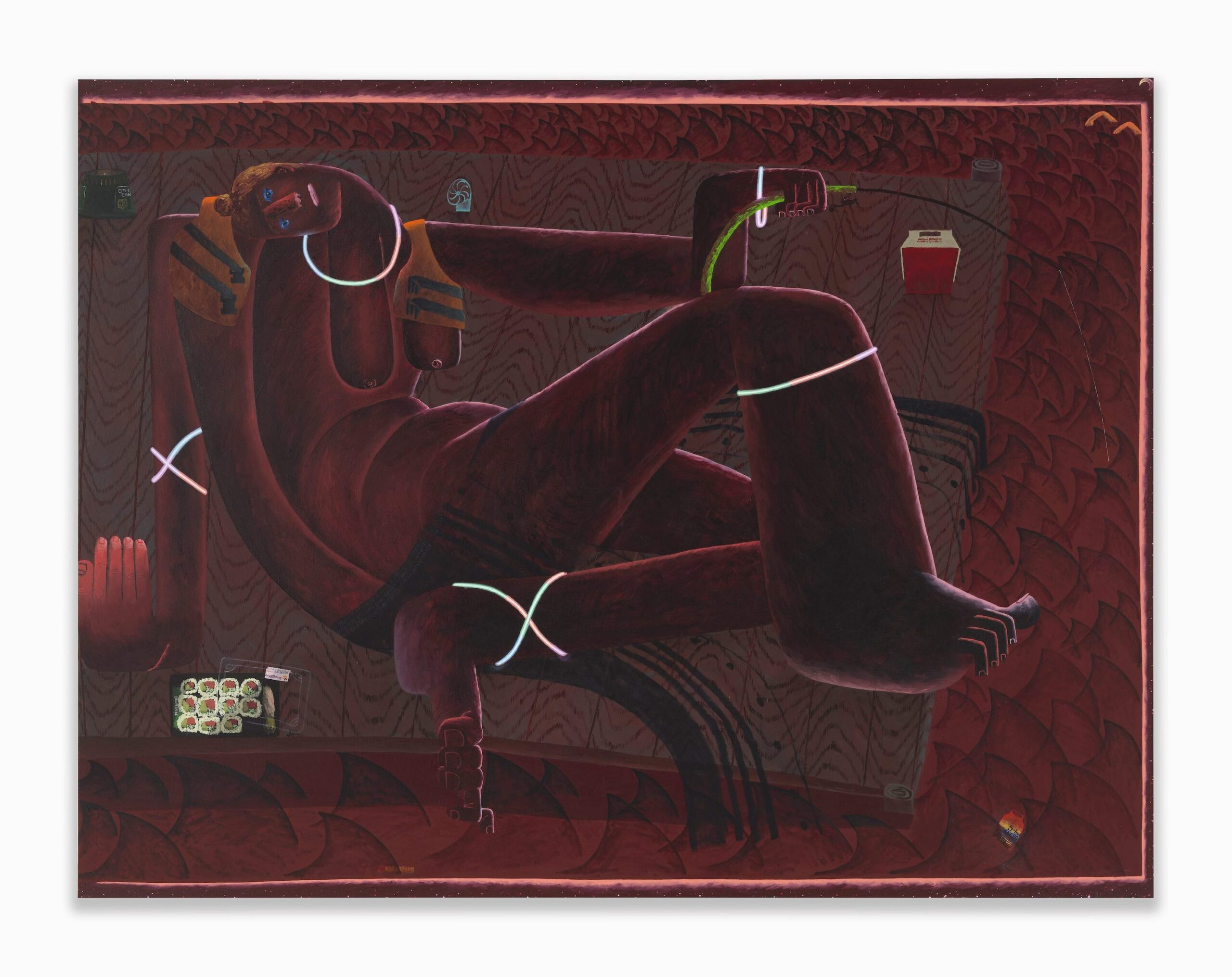
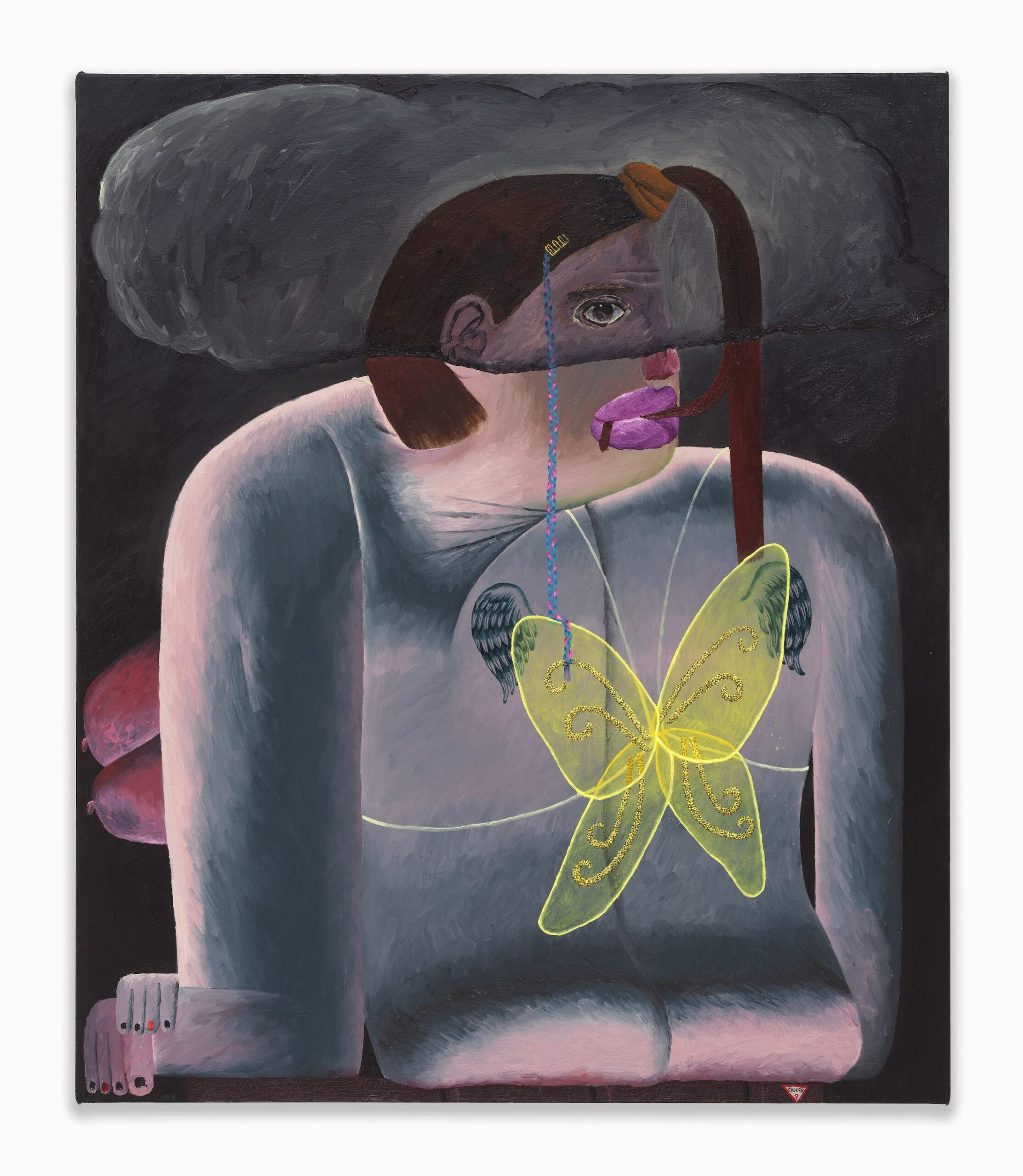
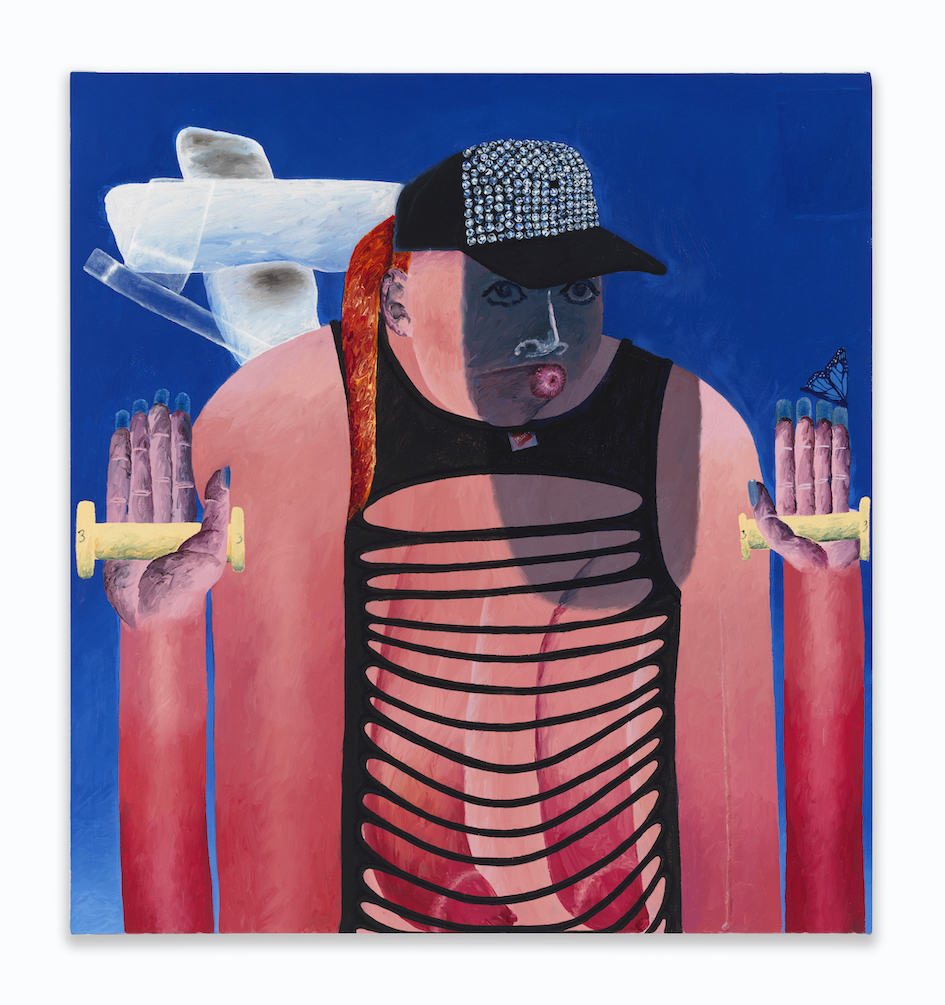
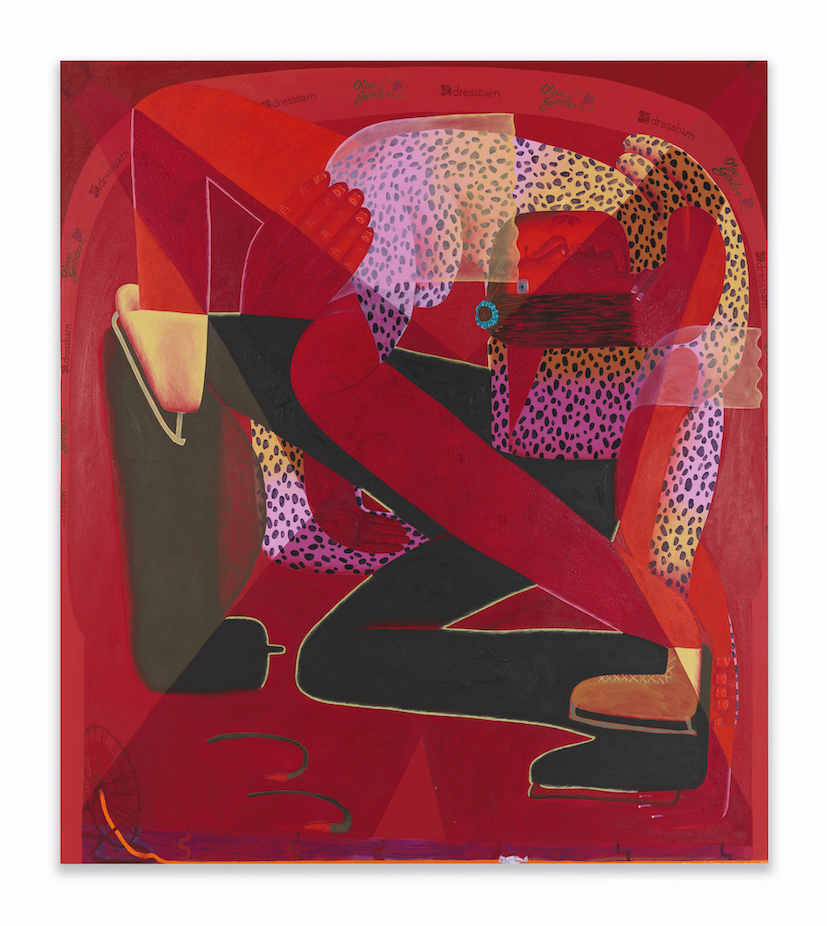
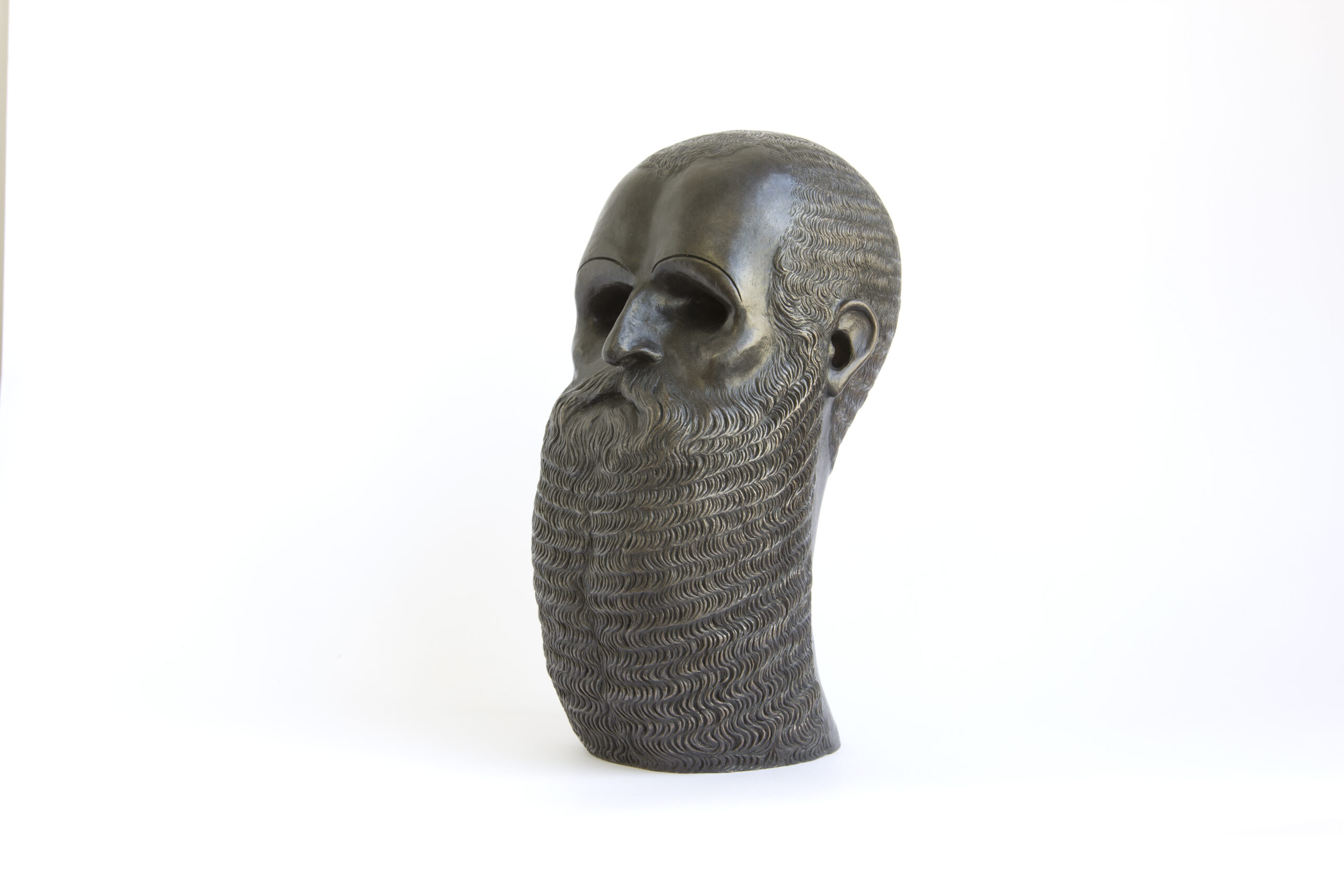
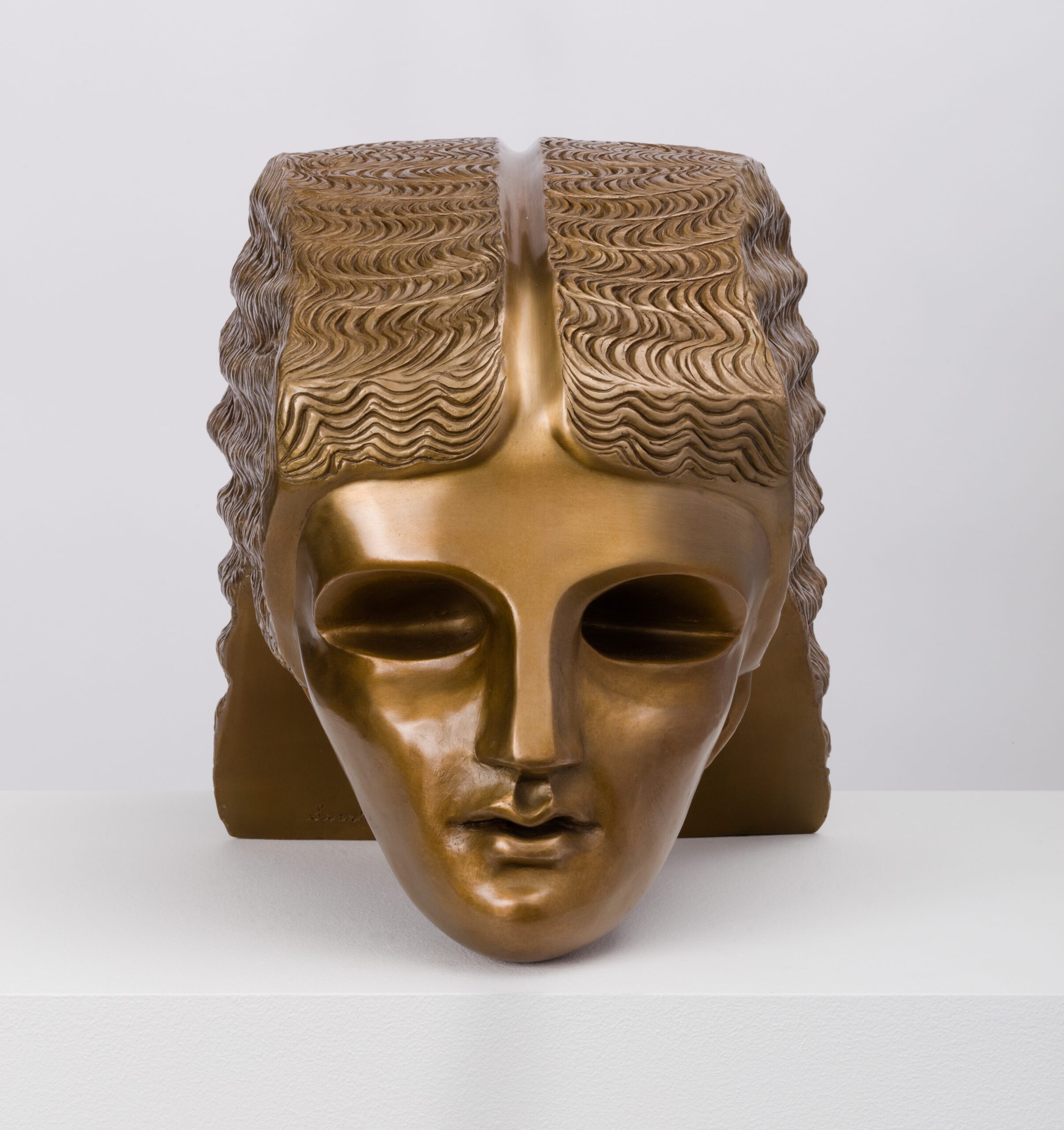
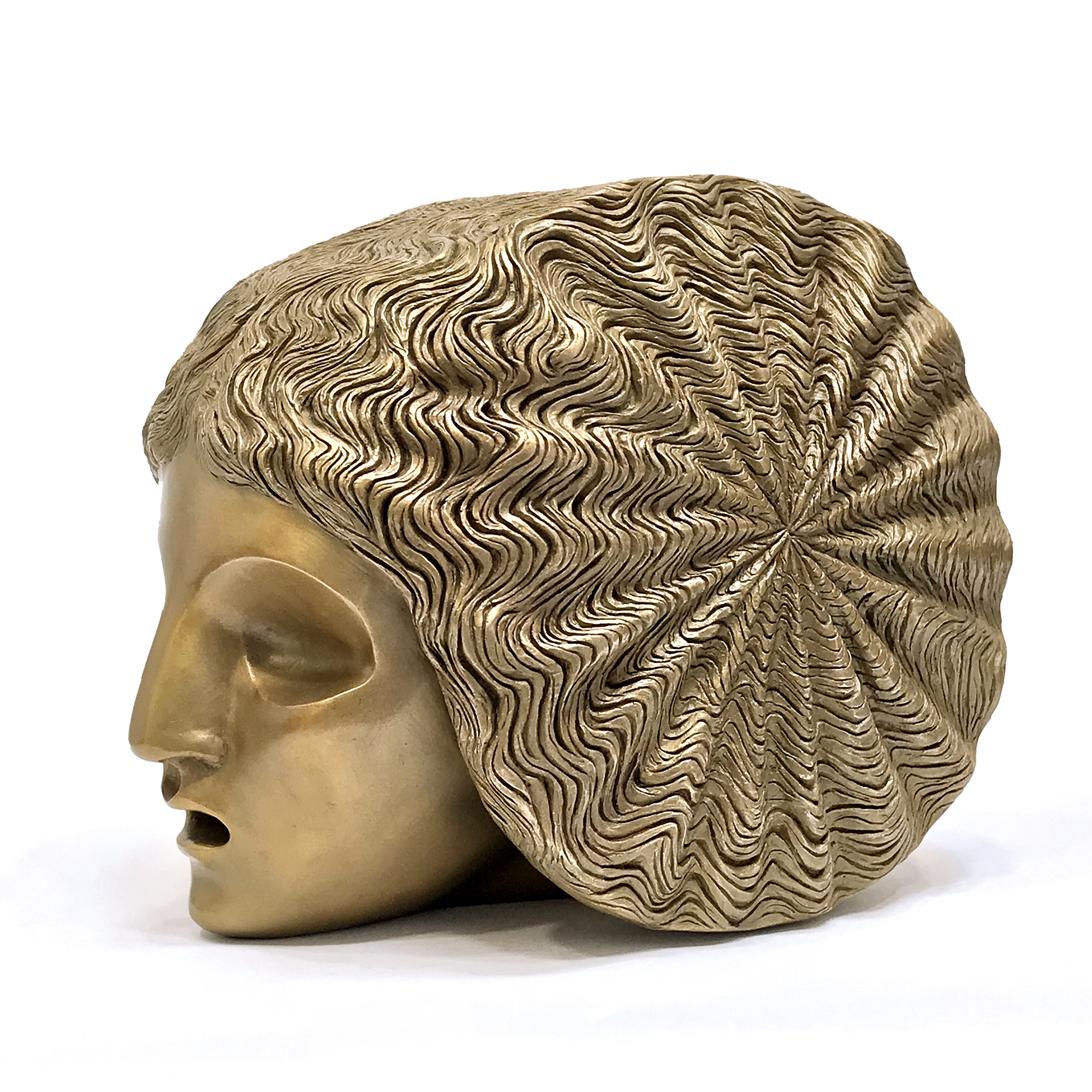
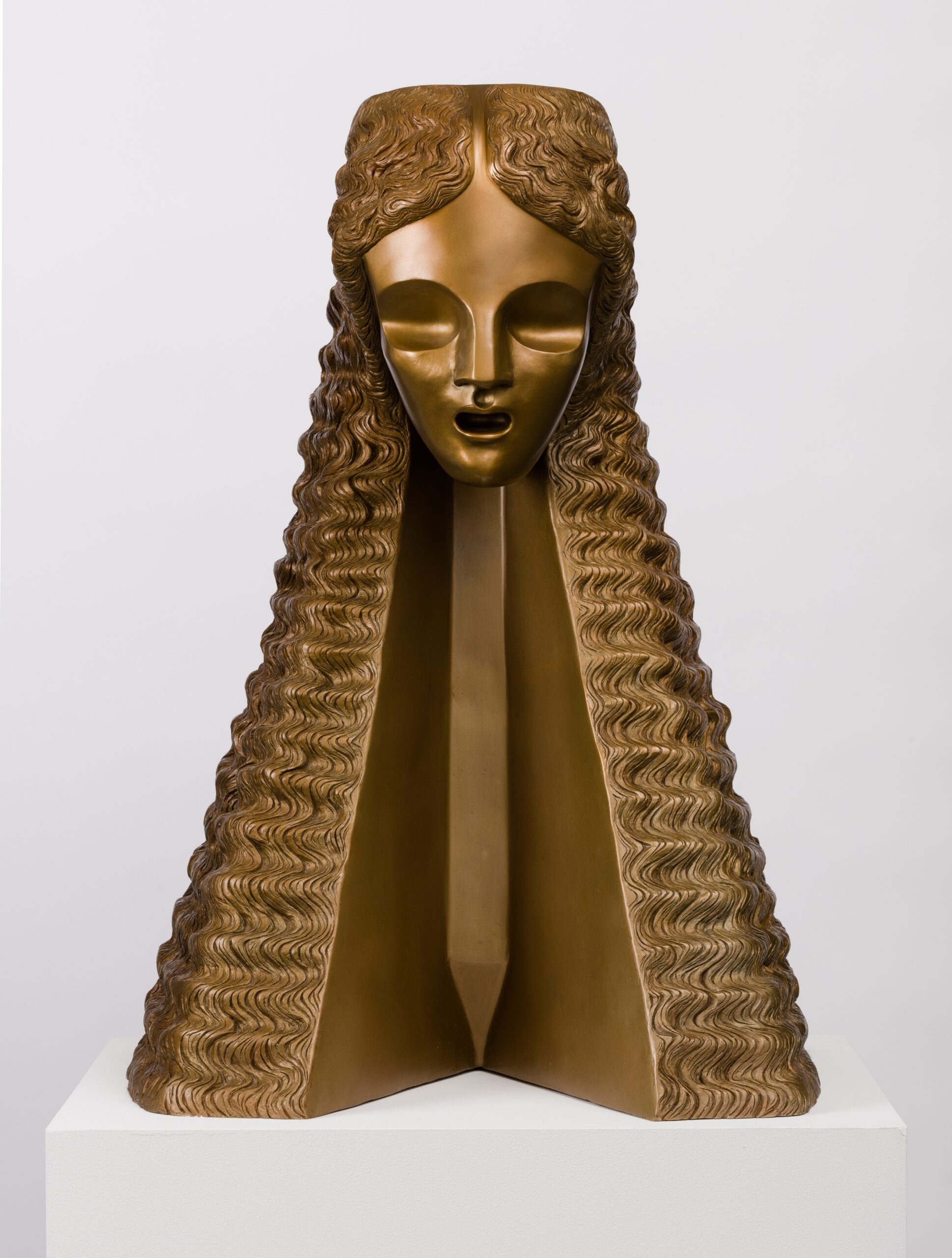
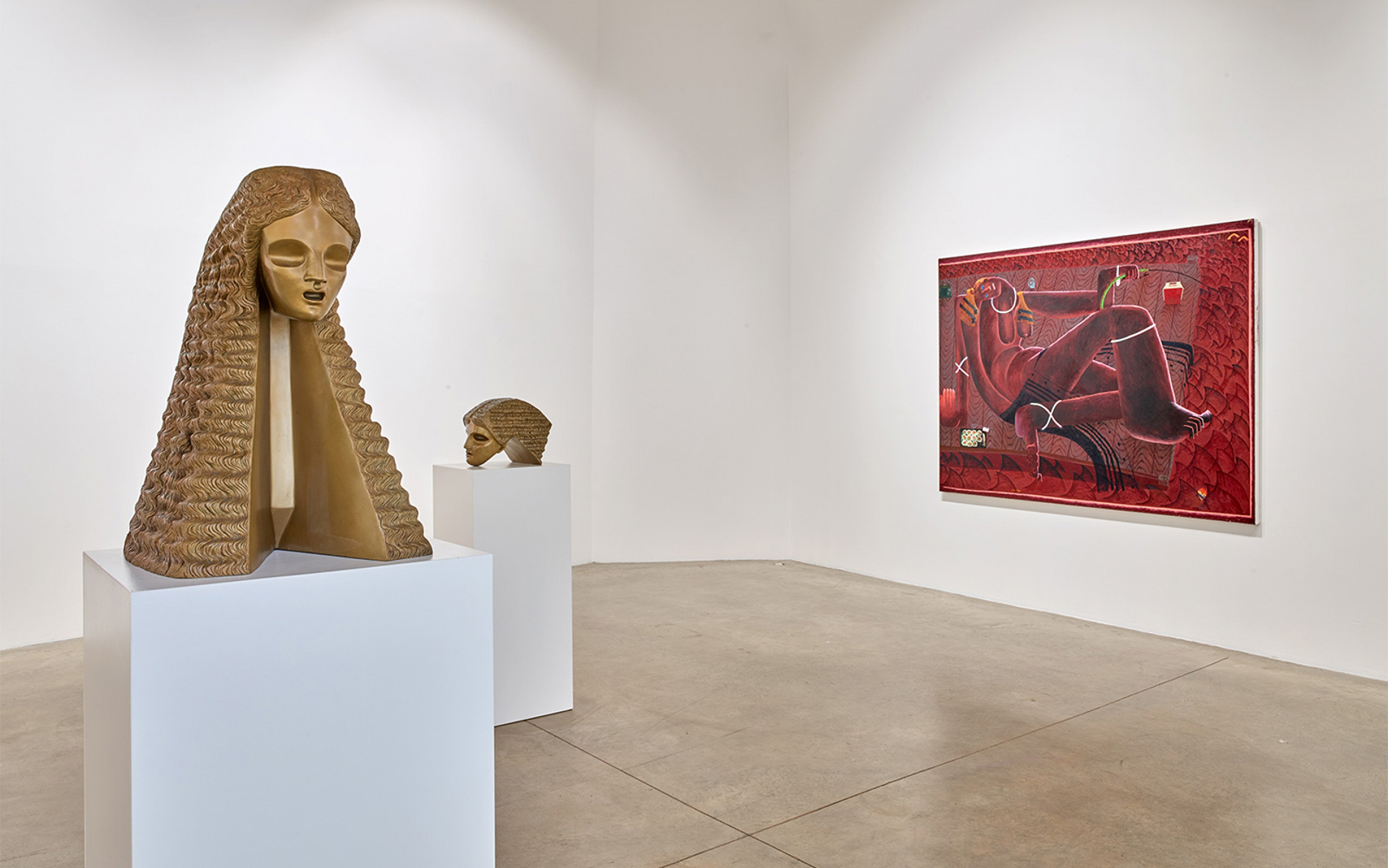

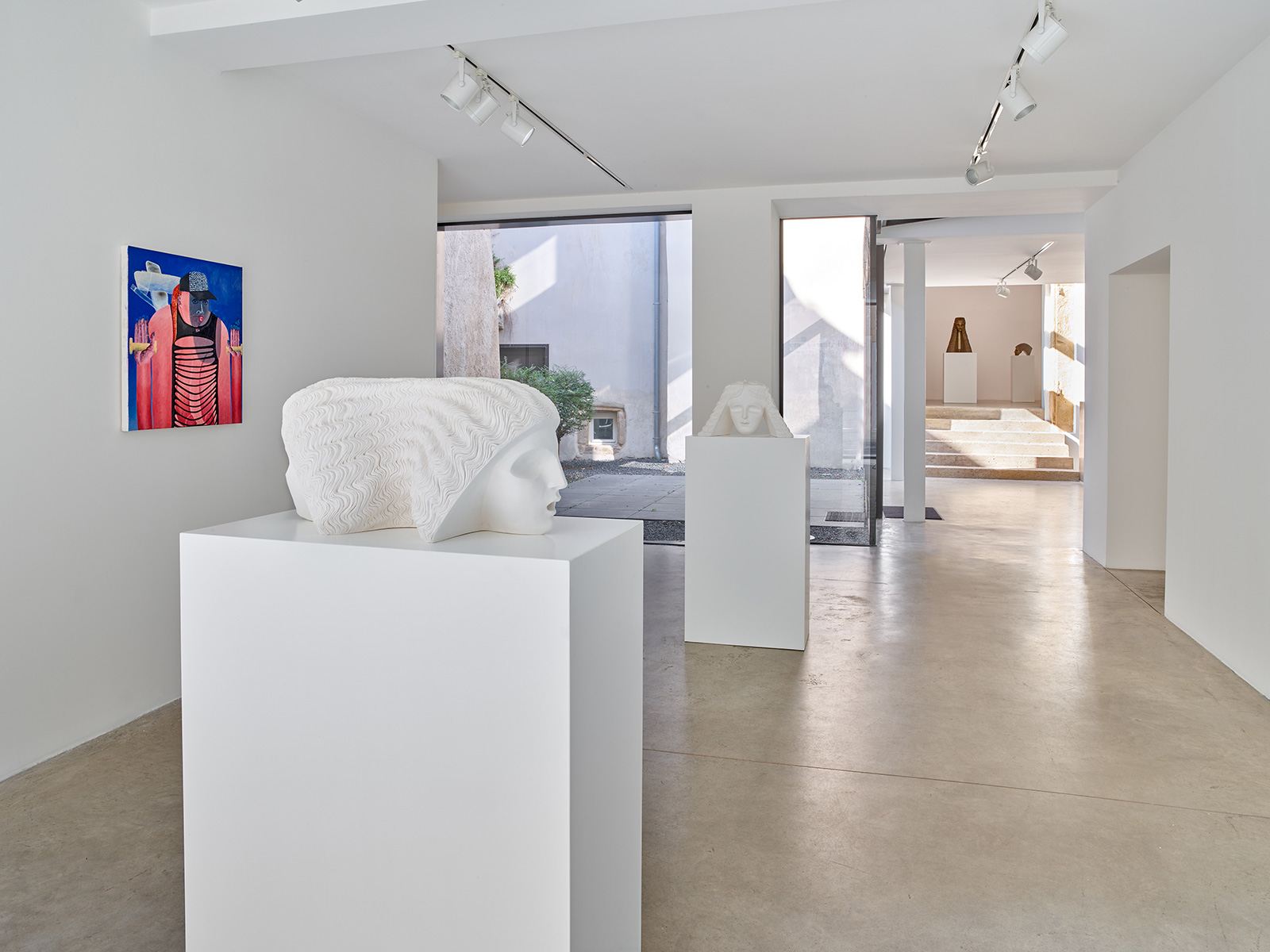
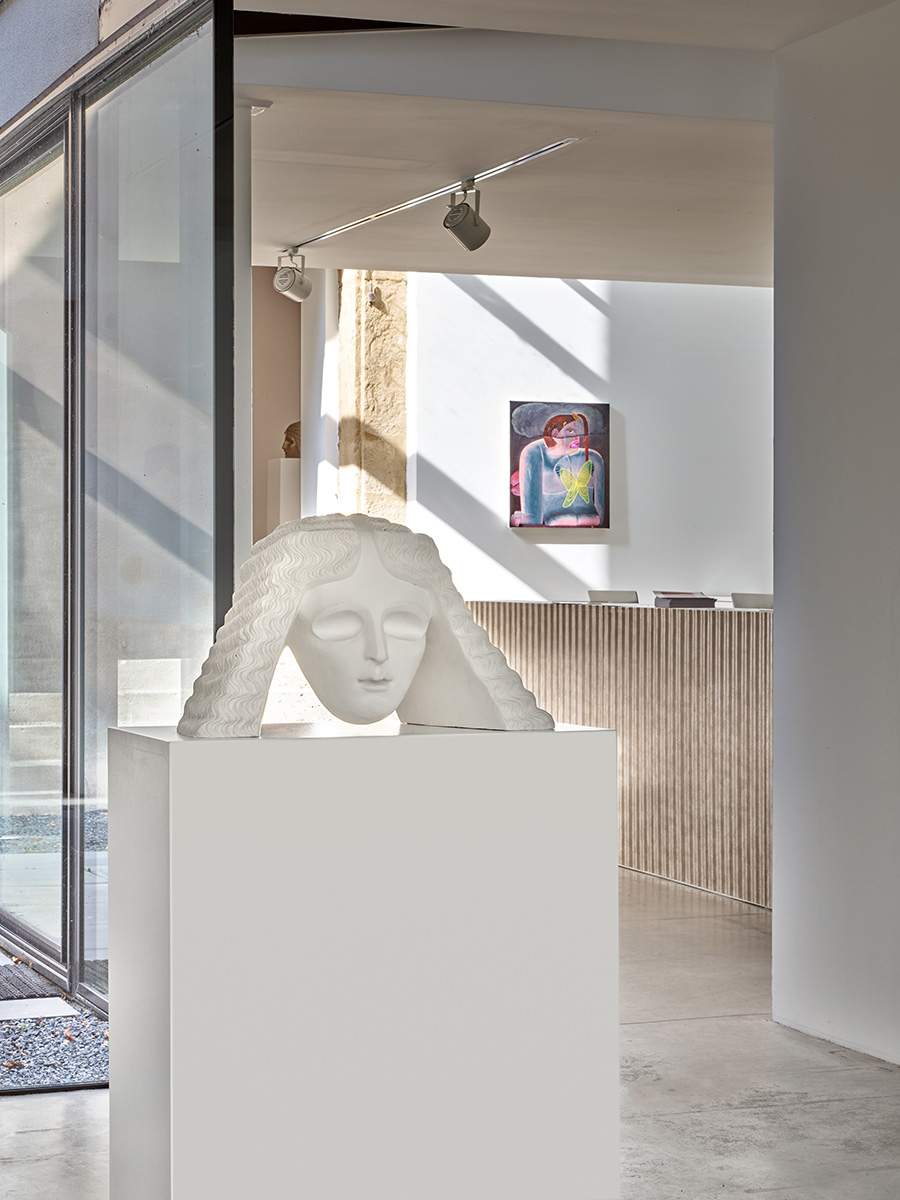
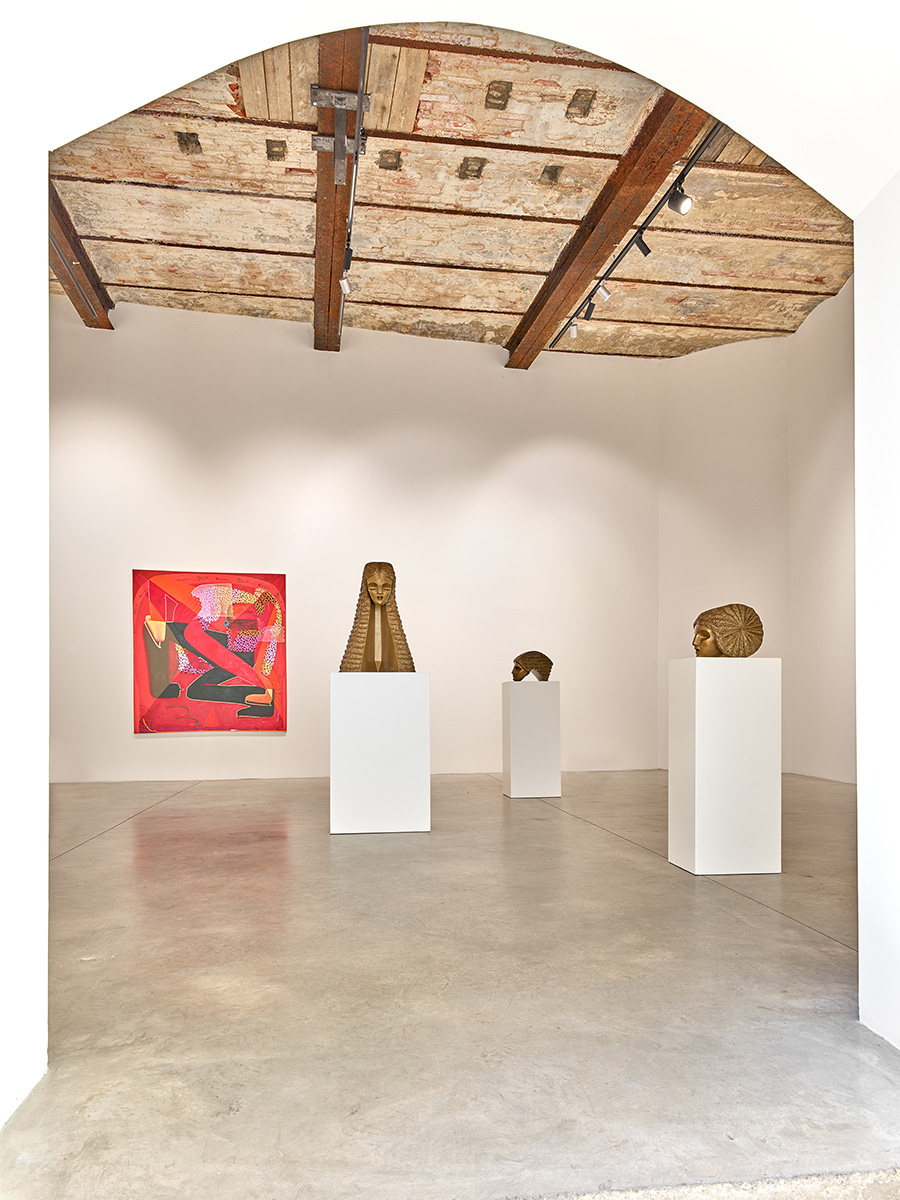
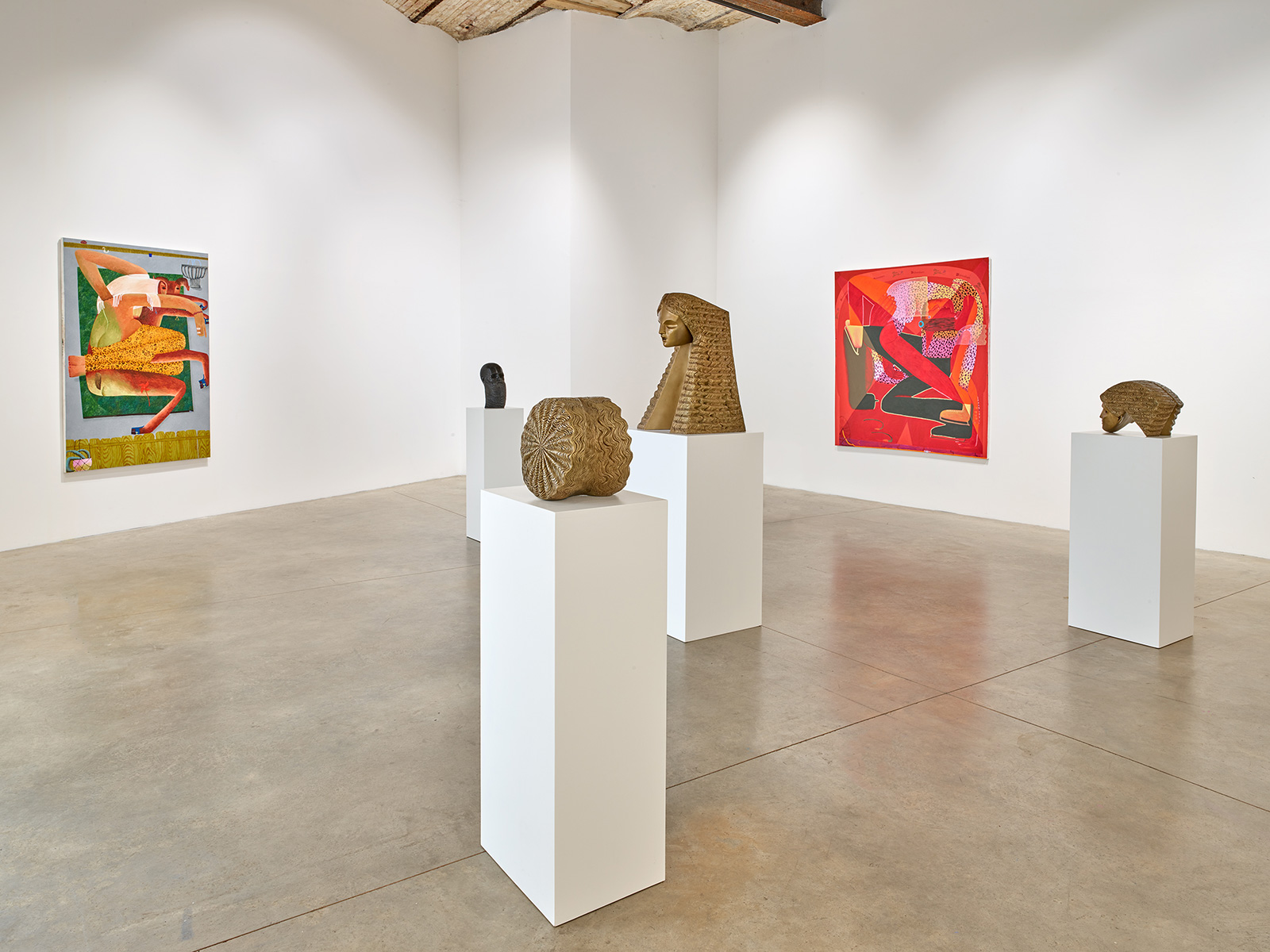
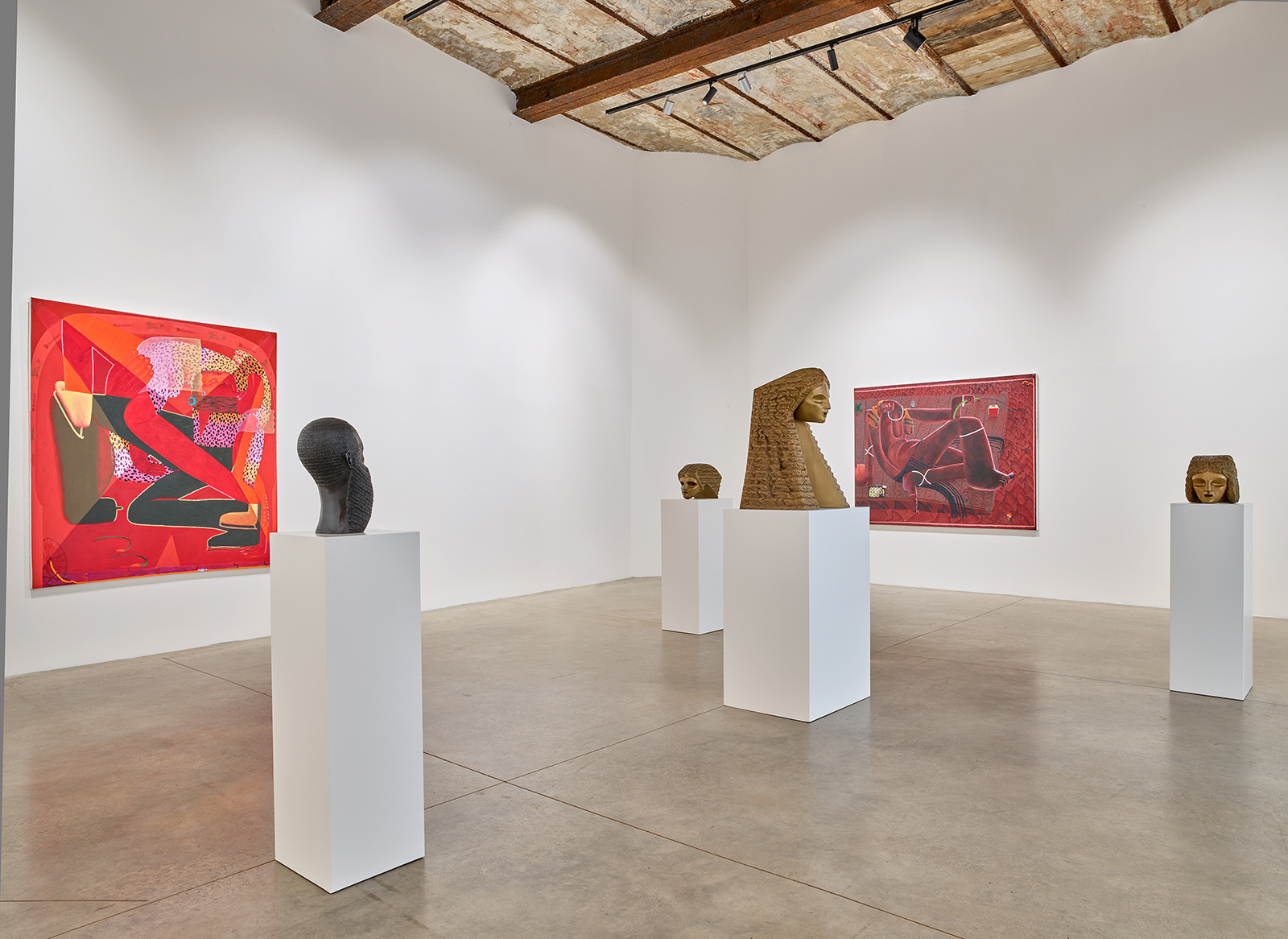
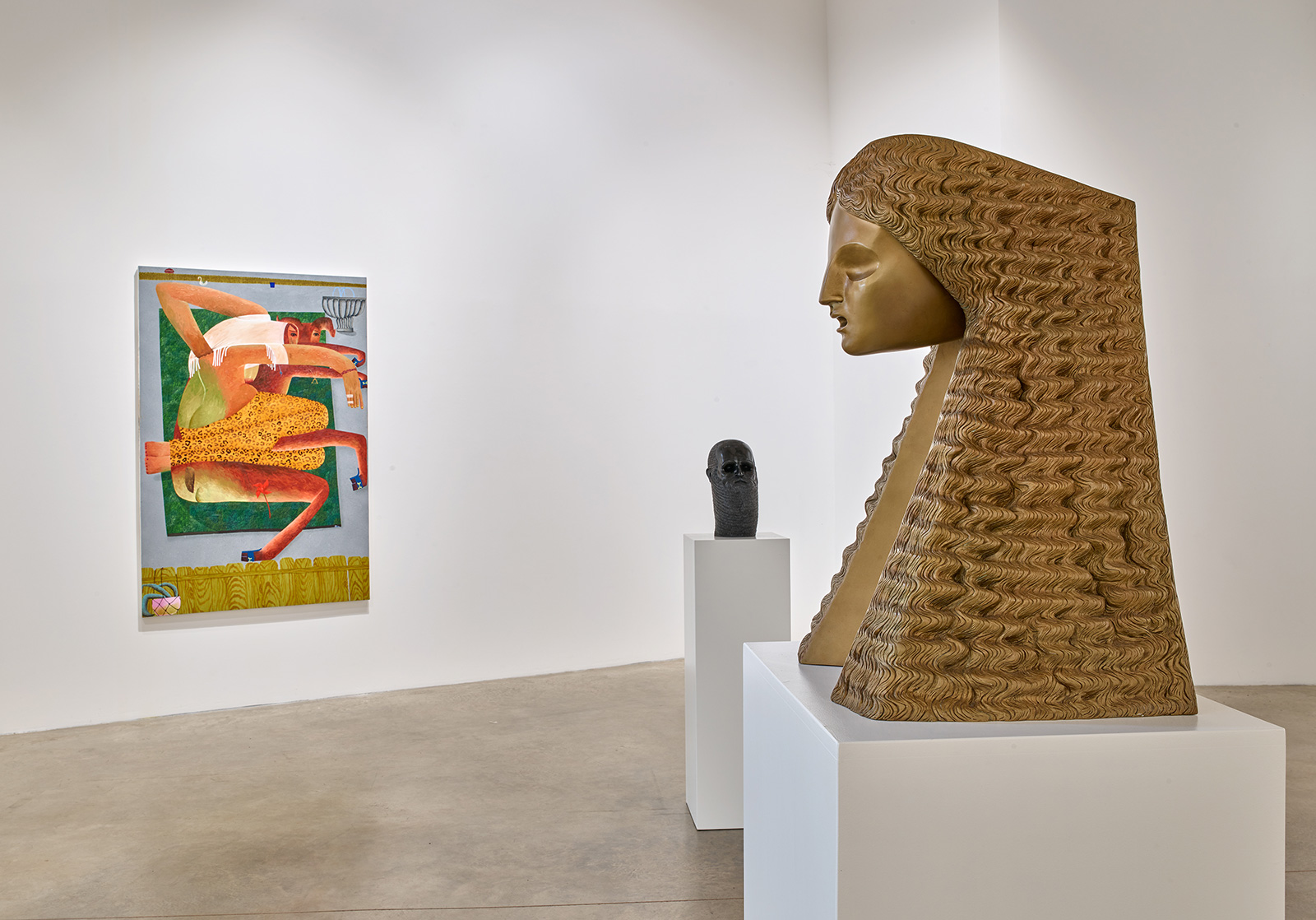

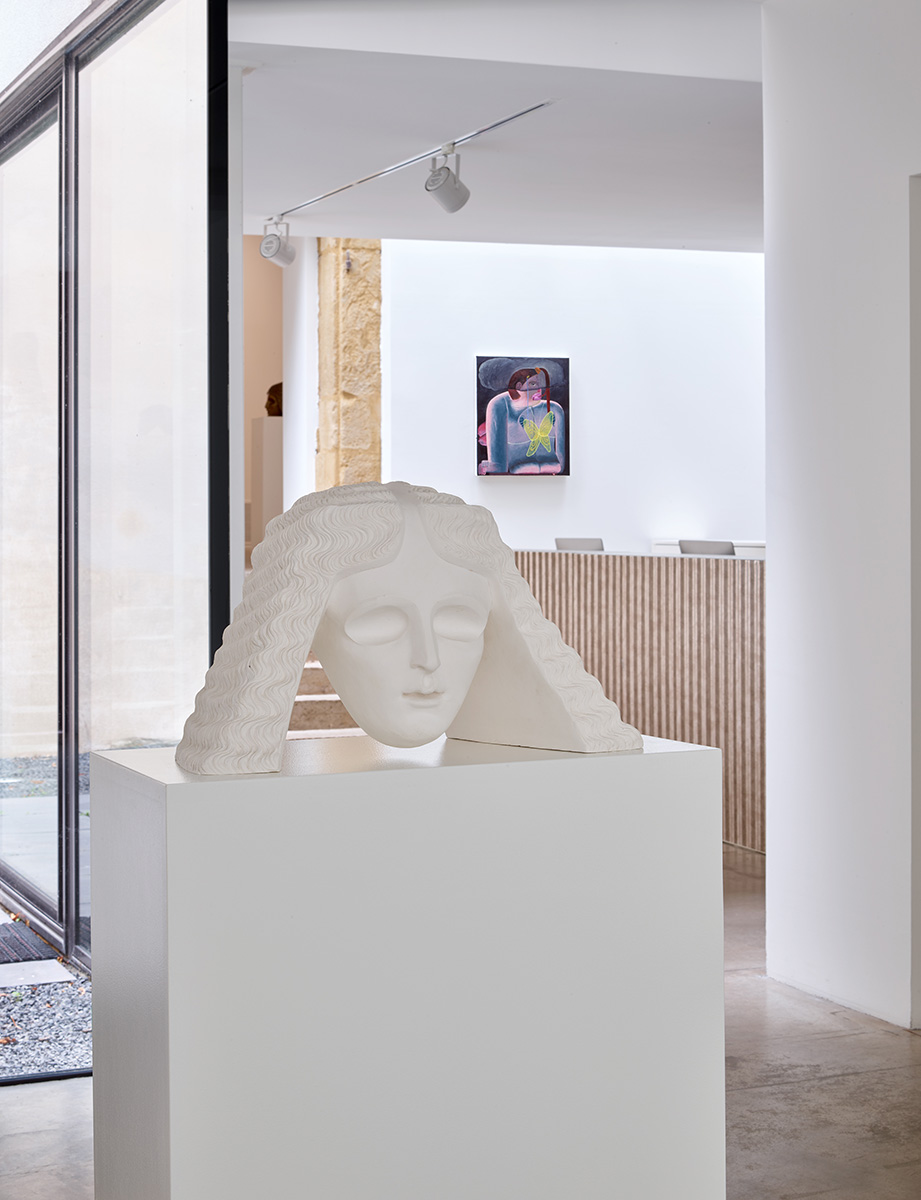
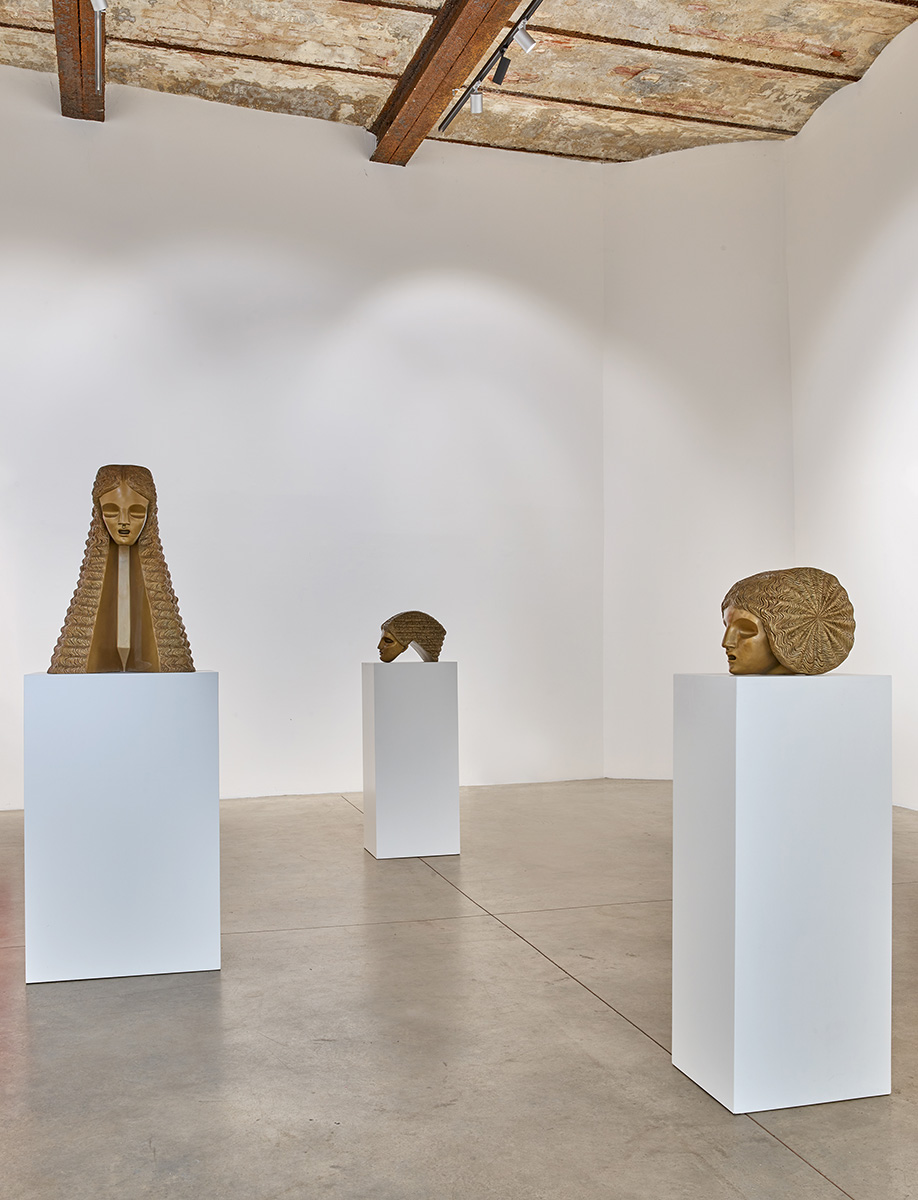

 UP
UP